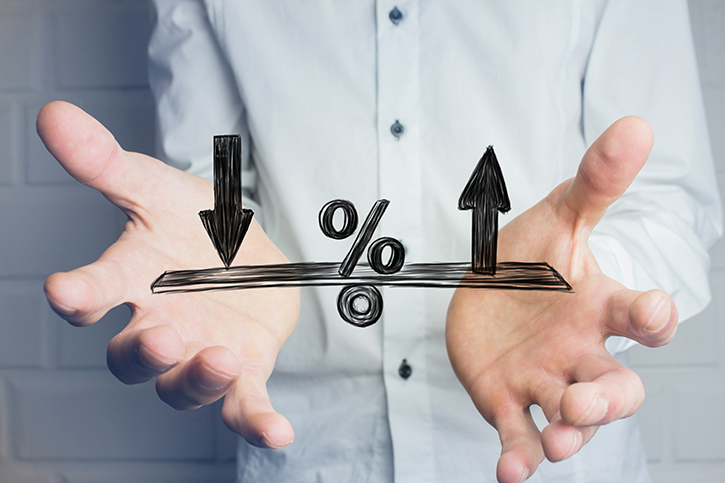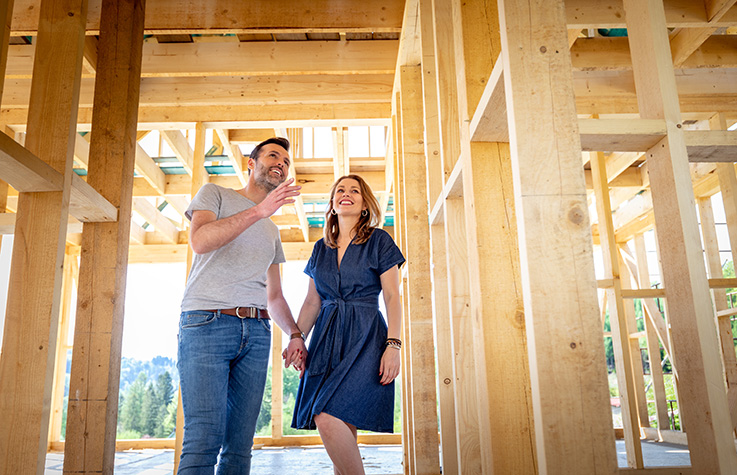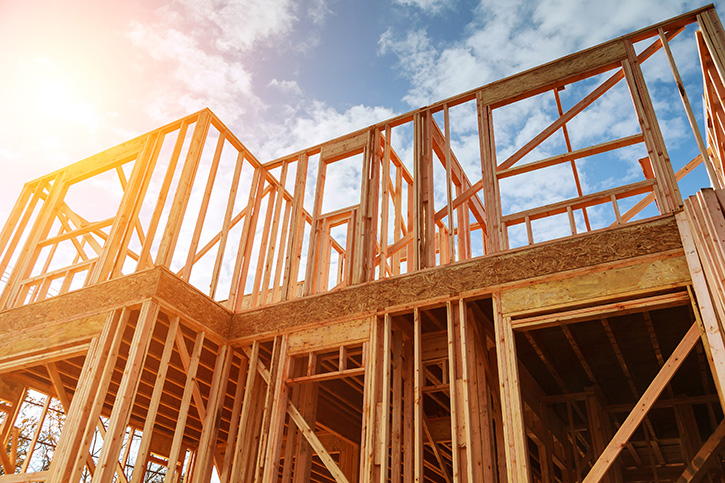
One of the biggest hurdles for many first-time homebuyers is getting that down payment together. We understand, especially if you’re trying to scrape together 20% of a home’s purchase price [insert large gulp here].
There are two things that many first-time homebuyers don’t realize, though:
- You generally don’t have to put a full 20% down on a home.
- Tons of down payment assistance programs ready, willing, and able to help you out when buying a home.
What is down payment assistance?
Down payment assistance is a helping hand in the form of grants, loans or gifted funds that can give you a boost in covering that initial down payment requirements that come with buying a home.
There are various programs out there, often funded by government agencies or non-profit organizations, designed to support buyers in becoming proud homeowners. These programs can provide you with the funds for your down payment requirements and some programs will also cover closing costs.
One of the great things about down payment assistance is that it’s not a one-size-fits-all deal. There are different programs with different eligibility criteria, so you can find one that suits your specific situation.
Some programs might be based on your income, others on the location of your dream home, and some might even be tailored for certain professions. It’s like having a menu of options to choose from, making it easier for you to find the right fit.
Down payment assistance may be your ticket to turning that dream home into a reality. In this blog, we’ll explore several of the national down payment assistance programs. It’s important to note that there may be programs offered in your local community or in your specific state. For a comprehensive look at the programs available to you, click here to connect with a Preferred Rate Mortgage Advisor in your area.
Popular Down Payment Assistance Programs
You know who else is ready, willing, and able to help with down payment assistance programs? Preferred Rate.
Let’s deliver that help ASAP by outlining some of the most popular down payment assistance programs. Many loan programs are offered at the state and local government level, as well as the national level. This can give giving first-time homebuyers the financial boost they need when buying a home.
Chenoa
The Chenoa Fund offers down payment assistance to low- and moderate-income homebuyers. Through Chenoa, eligible buyers can receive forgivable loans that cover a portion of their down payment and closing costs. These loans don’t accrue interest and are fully forgiven after some time, typically three to five years.
Within Reach for FHA loans
Another down payment assistance option for first-time homebuyers is the Within Reach program offered by Land Home Financial Services. This program provides low-interest loans as a means of helping with the down payment and offering assistance with closing costs.
By offering down payment assistance at a lower interest rate, Land Home FHA Within Reach helps first-time homebuyers save money on their mortgage payments over the life of their loan.
Lakeview National
Lakeview National is another one of the loan programs that offers down payment assistance. Even better news? This program is nationwide!
Eligible first-time homebuyers can receive grants or loans as a form of down payment assistance and closing cost assistance. These funds can help first-time homebuyers bridge the gap between their savings and the amount they need when buying a home.
1 Percent
The 1 Percent program makes the math easy. It offers down payment assistance of up to 2% of the home’s purchase price (up to $4,500). This program is particularly beneficial for first-time homebuyers, as you are allowed to combine it with many other down payment assistance programs. These are the types of down payment assistance programs we can really get behind!
Fannie Mae HomeReady
Fannie Mae has a great down payment assistance program offering up to $2,500, which you can combine with its HomeReady program. It’s especially helpful for first-time homebuyers who may have limited household income or credit history. That’s because this program allows eligible buyers to qualify for low down payment mortgage loans with flexible underwriting criteria.
The program also offers down payment assistance in the form of grants or deferred payment loans.
Freddie Mac Home Possible
Like Fannie Mae, Freddie Mac offers a similar $2,500 in down payment assistance when coupled with its Home Possible loan program. It offers down payment assistance in the form of low down payment mortgage loans for first-time homebuyers. If you qualify as a first-time homebuyer, you can obtain mortgage loans with as little as 3% down.
The Importance of Consulting a Mortgage Lender
All these down payment assistance programs are crazy exciting—especially for first-time homebuyers—we know. But here’s where we have to slow our roll a little.
While it’s always good to educate yourself on the various types of down payment assistance offered, you need to consult with a mortgage lender before you go too far down the road and start celebrating.
That’s because eligibility requirements and available assistance can vary by program and location. This can be true whether the loan programs are offered through your local government or through major national programs like the U.S. Department of Housing and Urban Development (HUD). On top of that, you want to make sure you and your mortgage lender pick the right down payment assistance programs for you.
Now, you may be thinking, “But any help with the down payment or closing costs assistance is right for me! I just want to save money.”
Totally valid—we hear you. But there are many other factors to consider, like your priorities.
Some types of down payment assistance programs offer a lower interest rate. Others may provide better perks if you have limited household income. Some first-time homebuyers love the idea of forgivable down payment assistance loans, while others will qualify for deferred payment loans.
This is why, in addition to a real estate agent, you need a knowledgeable, trusted mortgage lender in your corner, especially if you’re new to this as a first-time homebuyer. Though the above is just a sampling of the types of down payment assistance programs available, they can certainly bring hope to first-time homebuyers who are working toward buying a home.
Ready to Save Money?
So take advantage of these down payment assistance programs as a first-time homebuyer and achieve your homeownership goals while minimizing your costs. Whether you’re a recent college graduate, a young professional, or a growing family, there may be options out there to make buying a home more affordable and accessible.
Click here to connect with a Preferred Rate Mortgage Advisor today.








